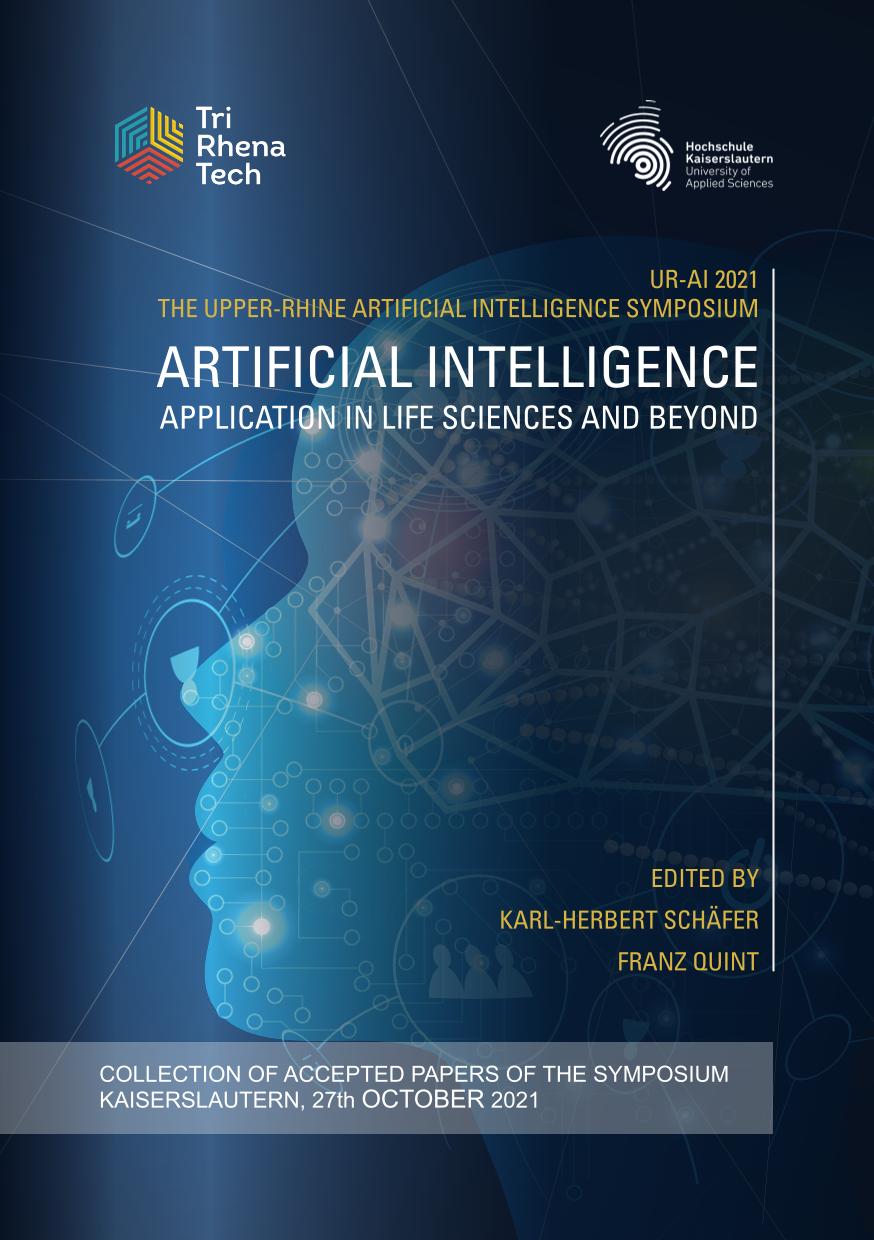An Architecture to Quantify the Risk of AI-Models
Keywords:
quality assurance, explainable AI, explainability, artificial intelligence, machine learning, explainable artificial intelligence, human activity recognition, action recognition, evaluation of AI systems, applications of AI in life sciencesAbstract
In this paper we propose a multi-step approach to quantify the risk of AI-models. To evaluate the quality of a learned AI-model for image classification, a previously unseen part of a dataset is classified and the predictions are compared with their groundtruth to measure the accuracy of a model. In contrary, we first split the test dataset into two parts based on how unambiguous each sample can be assigned to a class. Samples that are close to the class decision boundary of multiple learned models are considered particularly difficult to classify. Second, we create a quantification of the model’s ability to extrapolate on hard-to-classify or unseen data by training the model on “easy” data and evaluating it on the “difficult” split. Inside our models, we project the data into a 3-dimensional space using a neural network. We analyze this projection using the histogram of mutual distances, the silhouette measure and the entropy of it to assess the extrapolation quality and thus robustness of the model. Subsequently, we apply our approach to the MNIST dataset to prove its effectiveness. We see that models trained only on “easy” data are less robust than models trained on mixed data, which includes “difficult” data that lies in-between classes. This behavior is evident in both our quantitative measurements and qualitative evaluation In this paper, after an introduction to the topic and scope, related work is presented and the approach is explained in general terms. Subsequently, the application of the approach to the MNIST dataset is described and the results of these experiments are presented. Finally, a conclusion is drawn and options for future work are given.
Downloads
Published
Issue
Section
License
Copyright (c) 2021 Alexander Melde, Astrid Laubenheimer, Norbert Link, Christoph Schauer

This work is licensed under a Creative Commons Attribution 4.0 International License.


